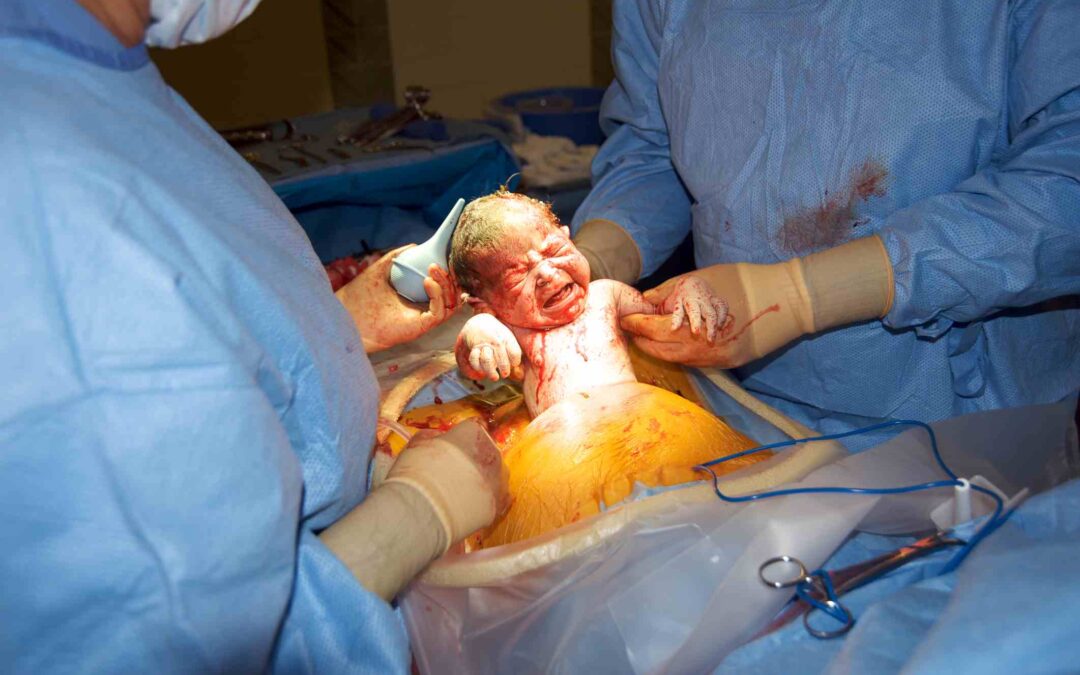Cesarean births dates back to the sixteenth century. Its use, then and now, has saved the lives of countless babies and mothers. But now, one in three babies are delivered via cesarean-section.
What one hospital is doing to reduce the number of cesareans was printed in the Chicago Tribune.
The procedure is considered major abdominal surgery with its attendant risks of bleeding and infection. The procedure is an essential tool used by obstetricians, but the vaginal route offers a shorter recovery.
Here are three ways to exert some influence on how your baby comes into the world:
Wait for labor to ensue. In a recent study, Dr. Deborah B. Ehrenthal, et. al. cited that women who underwent an induction were twice as likely to end up with a cesarean-section than those who waited for active labor. And, for first time mothers who were induced, 1 in 5 landed on the operating table. Understandably, by the time women get to about 37 to 38 weeks, many doctors cave in to requests to “Please, get this baby out!” Instead of watching the pot boil, get a manicure, spend time with friends, go to the movies or get some sleep.
Schedule fun events for yourself that don’t include pints of ice cream. When you gain weight, your baby gains weight. If a baby is estimated to weigh close to or more than 9 lbs, most obstetricians will offer a c-section, and rightfully so. If there is concern that a vaginal birth cannot take place without significant injury to either party, a c-section is the best route. Too much weight gain also increases the chance of complications, like diabetes and pregnancy induced hypertension (PIH). Dr. Robert H. Debbs, Director of Pennsylvania Hospital Maternal Fetal Medicine Network, was asked to comment, “Weight is a major predictor of whether or not someone will have a cesarean-section. Patients who are overweight are simply at higher risk for adverse outcomes.”
Your obstetrician can provide these guidelines on how much weight you should gain. Although, genetics do play a role in how much the baby weighs, eating right and exercising before and during your pregnancy may just keep the scalpel at bay. Don’t diet. Instead, focus of developing a healthy lifestyle that you can pass on to your son or daughter.
Third, weigh your options, having had one cesarean-section does not mean that the next baby must be delivered the same way. Talk to your doctor about TOLAC (trial of labor after c-section). Sixty to eighty per cent of women who attempt VBAC (vaginal birth after c-section ) are successful! Speak up and ask questions.
There you have it. Now spread the word!


